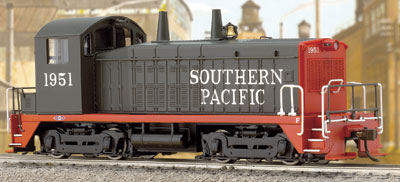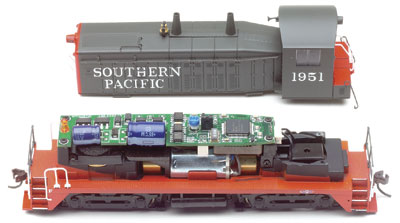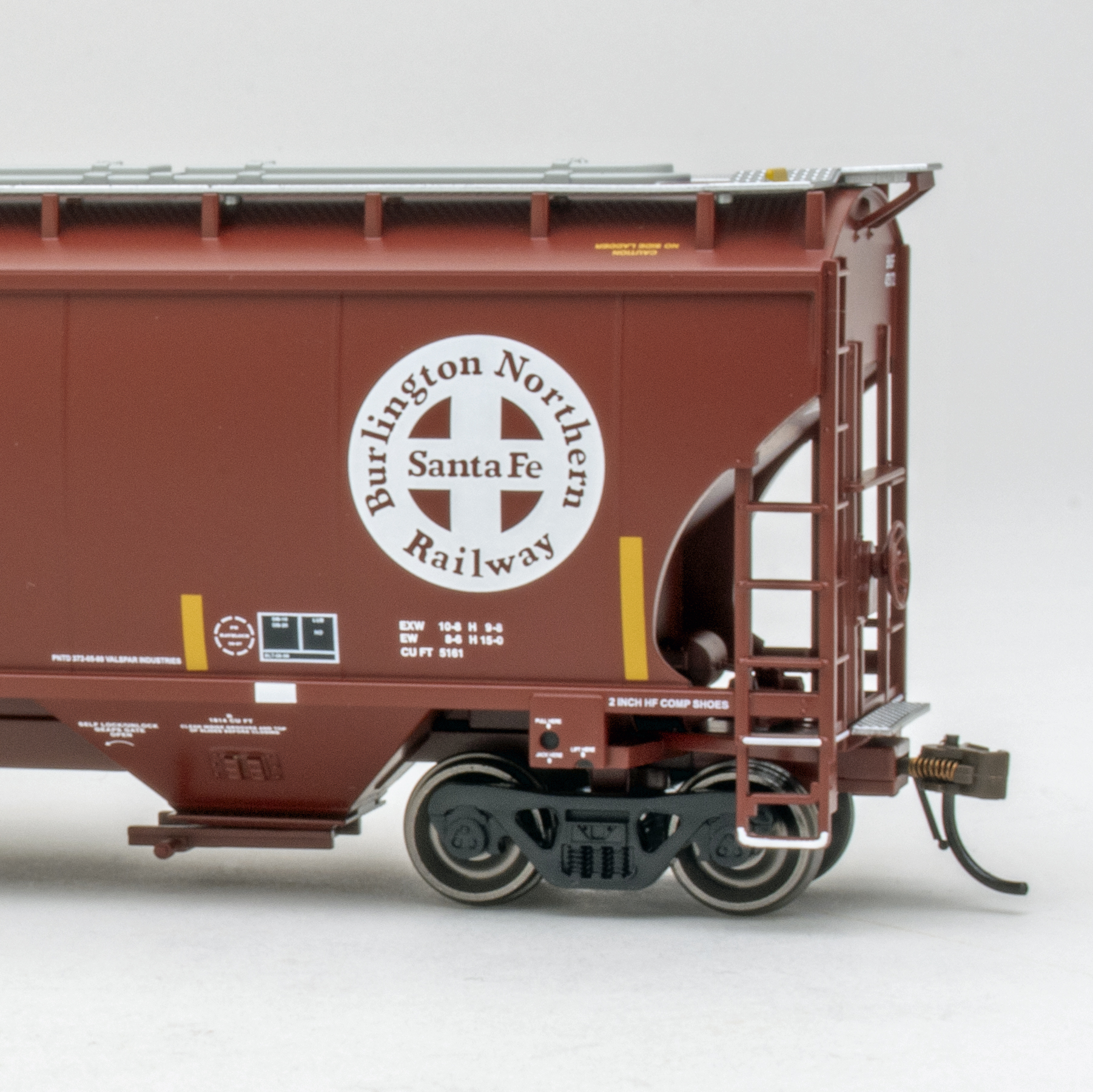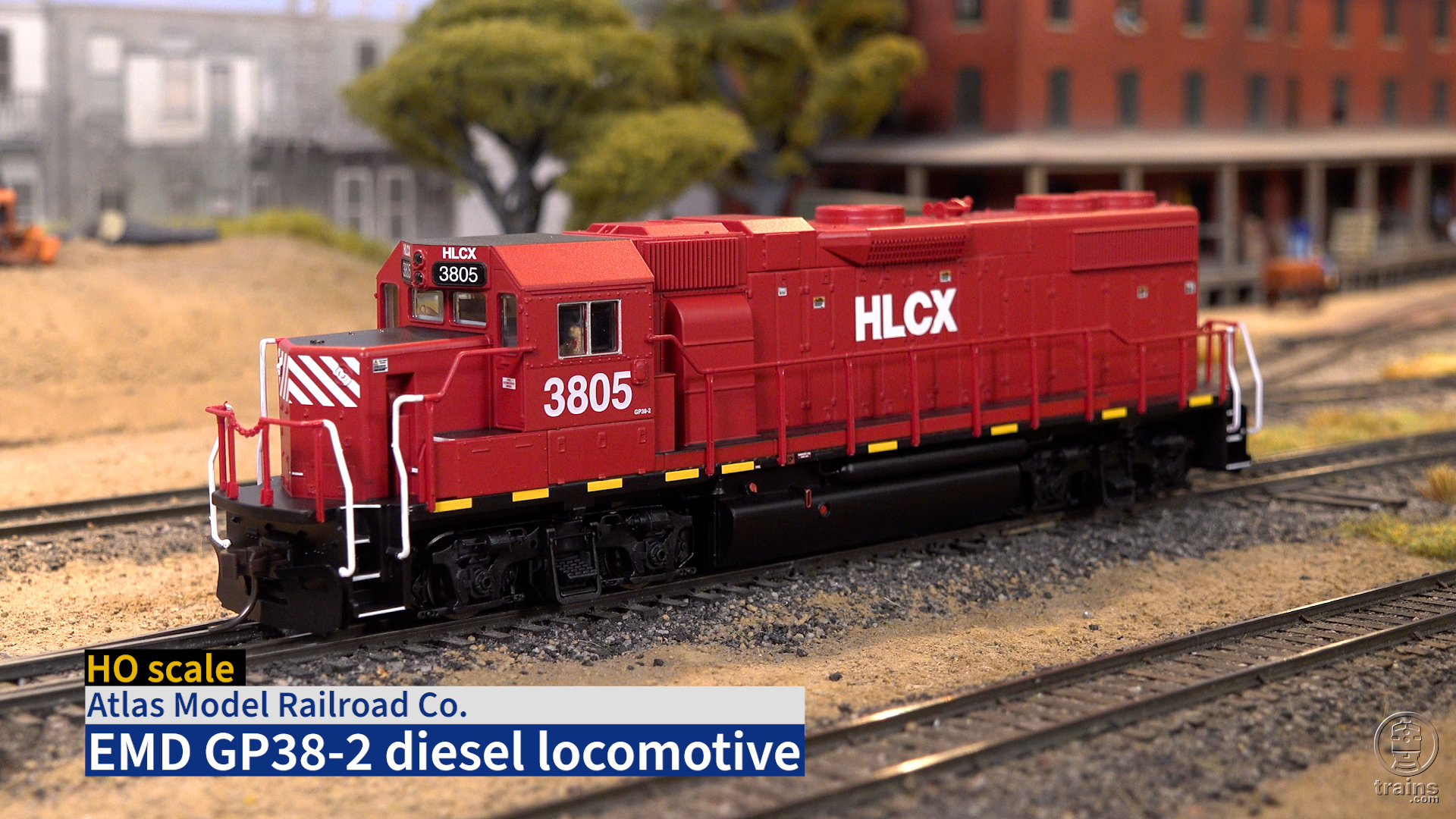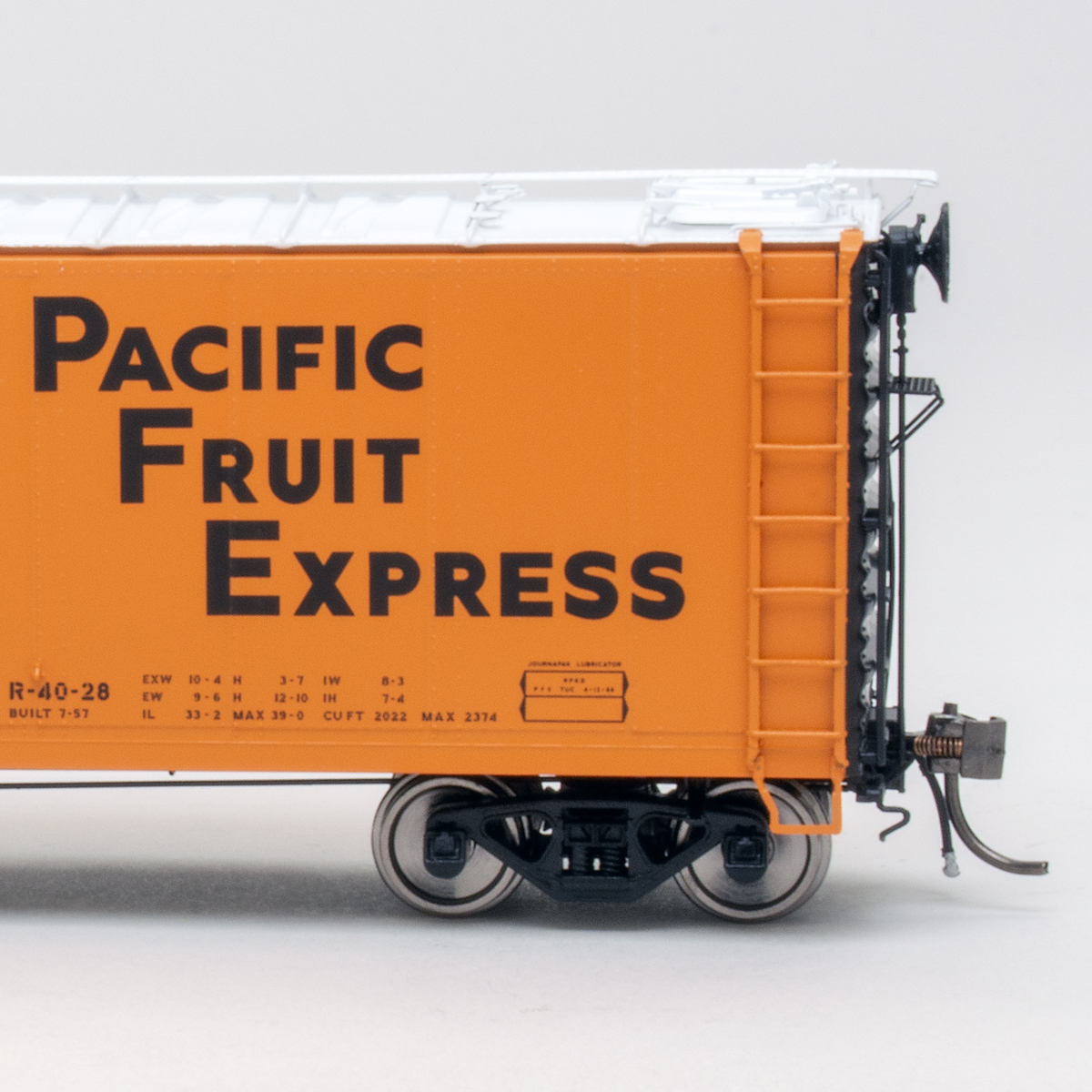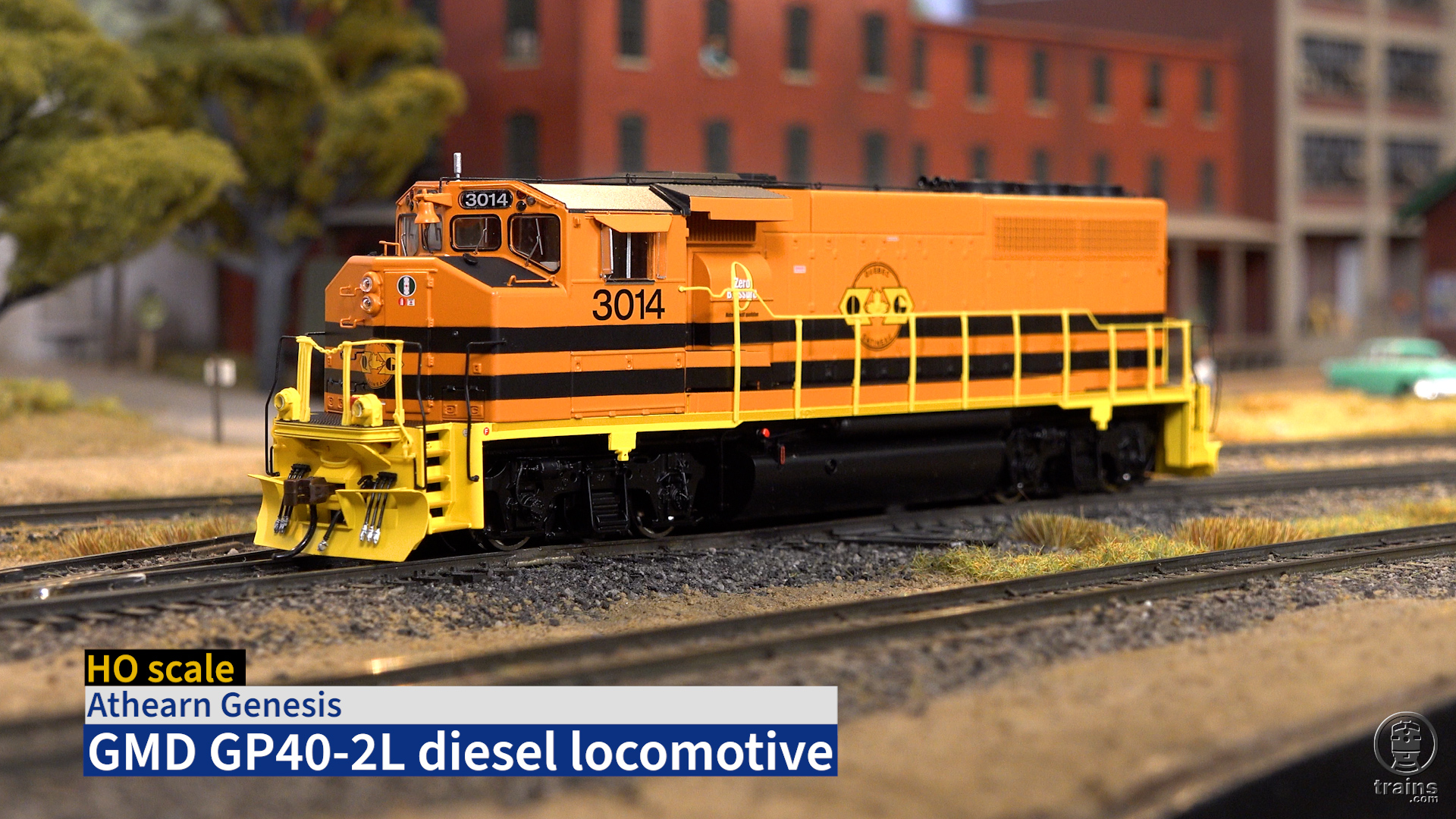An innovator in the sound-and Digital Command Control (DCC) locomotive market, BLI has shoehorned QSI Quantum sound electronics into the hoods of these diminutive units and made them sound good. These models can be operated on layouts using DCC or conventional DC.
The prototype NW2 was the first large-scale production diesel switcher introduced by General Motors’ Electro-Motive Division in 1939. The NW denoted the model’s welded frame, differentiating it from its earlier NC counterparts built on cast frames. More than 1,100 of the versatile 1,000-hp units were produced, seeing service on many railroads across the United States and in Canada.
EMD followed the success of the NW2 with its 1,200-hp SW7 a decade later. It too found wide acceptance with a large number of railroads, and many of the 491 units produced are still in service after working for multiple owners. The SW7 carbody differs from the NW2 by having a full-height radiator opening; many SW7s also have rectangular windows in the front of the cab versus curved on the NW2.
Our sample NW2 came decorated as Southern Pacific no. 1951, a prototype with an interesting history. Originally numbered 1423, it was renumbered in 1965, rebuilt in 1972, and retired from the SP roster in the mid-’80s. After working for a short line, in 2000 it was donated to the Pacific Locomotive Association which rebuilt and restored its original appearance. The veteran NW2 now operates on the group’s Niles Canyon Ry., in Sunol, Calif.
The flexible acetal plastic hand-rails have a slim cross-section and are neatly painted, and the air tanks and attendant piping under the frame are individually applied. A volume control is located under the exhaust stack panel; just remove the panel and turn the volume control up or down with the provided plastic screwdriver.
The nickel-silver wheels have RP-25 contours, and the wheelsets match the National Model Railroad Association standards gauge.
Under the hood. How did BLI pack sound and DCC into this little locomotive? A look under the hood reveals the secret, but getting there takes a little bit of work. First you must slip the rear-step handrails out of the cast-metal frame, then press in the sides of the hood to release it from the frame. You run the risk of breaking the step handrails if you don’t take these steps in order.
The hood and cab assembly slips off in one piece, but be careful – it’s connected to the frame and motor by a wiring harness for the cab lighting. You can easily unplug this harness if you need to remove the body entirely.
I had mixed feelings about the large light-baffle assembly that fills the middle of the cab. Essentially, it’s a black plastic box that hides the wiring to the rear light, and it’s most visible when looking at the locomotive from either end. There’s enough room on both sides, however, to install engineer and fireman figures if desired. Adding crewmen will help distract attention from the baffle. It’s less obvious from the side, and I understand the constraints of body size versus the wiring. I just wish there were a better way.
And what nice sound it is. As DCC power is applied, an EMD 567 prime mover rumbles to life and idles steadily. A couple of pushes of the now-familiar function buttons start the bell and a single-chime horn to warn those trackside that this switcher is in service.
The horn provided my only other concern: it sounded like it was in a tunnel, even with the doppler effect switched off. A quick press of the horn function button brought a “blat” that was a bit more clipped than it should have been. Holding it down longer produced a better, more realistic sound.
This model includes QSI’s Standard Throttle Control (STC) and Regulated Throttle Control (RTC) for operation on DC. The RTC system resists sudden changes in speed to simulate the inertia that prototype engineers experience in starting and stopping their trains.
Performance. Like other sound-equipped locomotives, this model needs a fair amount of DC voltage to get moving. However, the model accelerates and runs smoothly, and the diesel engine sound effects follow along as they should.
I turned off the sound and found the mechanism ran quietly. On the low end, our sample crept along at .7 scale miles per hour. It registered a 49.6 scale mile per hour top speed, in line with a prototypical diesel switcher’s speed range. The model’s drawbar pull is equivalent to 26 free-rolling freight cars on straight and level track.
This is a nice-running model that sounds like a diesel switcher at work. The prototype found a home on most of North America’s major railroads, so chances are this one will be right at home on your layout, too.
Price: $179.99 each
Manufacturer
Broadway Limited Imports LLC
4 Signal Ave., Ste. C
Ormond Beach, FL 32174
www.broadway-limited.com
Description
Plastic-and-metal ready-to-run diesel switcher
Road names (two unit numbers
in each paint scheme)
- NW2 Phase V: Southern Pacific, Baltimore & Ohio, Burlington Northern, Great Northern, Pennsylvania, Union Pacific, and undecorated
- SW7 Phase I: Chesapeake & Ohio, New York Central, Northern Pacific, and undecorated
- SW7 Phase II: BN; C&O; Chicago, Burlington & Quincy; GN; NYC; PRR; UP, and undecorated
Automatic dual-mode (DCC or DC) control and sound system with a single speaker
Cab interior
Clear window glazing
Die-cast metal frame
Drawbar pull: 1.9 ounces
Engine weight: 9 ounces
Five-pole can motor with flywheels
Kadee magnetic knuckle couplers mounted at the proper height
Minimum 18″-radius curves
NMRA RP-25 contour wheels (in gauge)
Overall length: 6.125″
Reversing constant headlights (dim headlight in neutral)
Slave control to mute whistle and bell while double heading





